 Ancient city makes modern problems for Christie heroine. 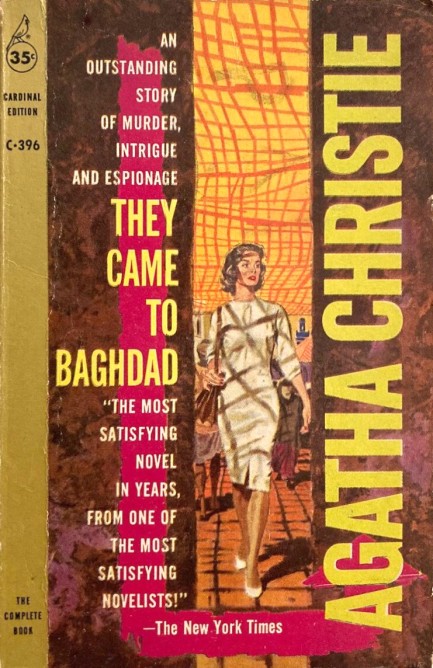
They Came to Baghdad was Agatha Christie's forty-sixth novel, originally appearing in 1951, with this Cardinal paperback coming in 1960 with an uncredited cover. It's less one of Christie's mysteries than a straight adventure tale, and a pretty good one, hewing to the classic blueprint of a novice thrown into deep and dangerous water. The novice is London typist Victoria Jones, whose dreams of romance and travel prompt her to finagle free passage to Baghdad, where she lands in the middle of a political murder plot. She's a winning character, all the more so for the major flaw Christie gives her—she can't stop telling extravagant lies. Predictably, this weakness serves her well during her wild exploits. In addition to the fascinating Jones you get plenty of exotic color and a dose of capitalist v. commie intrigue. Recommended.
 Sinbad may be the star but it's the dancers who shine brightest. 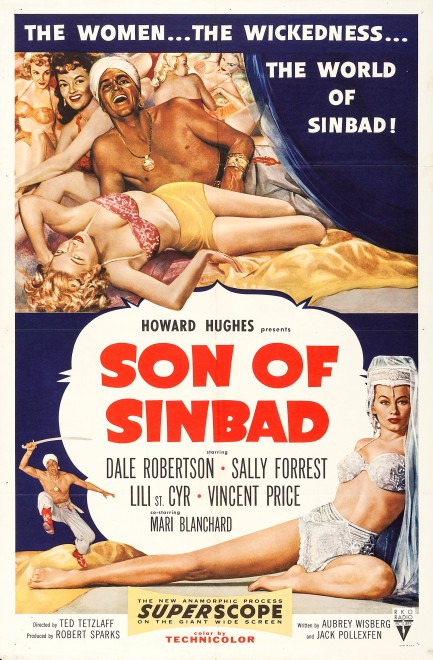
Howard Hughes had an entire slate of personal flaws, not least of which was that he was a frothing racist, but in terms of filmmaking he understood the concept of value-added cinema. He often battled censors, because if he had a beautiful actress on hand he'd build something around her that was as provocative as the market would bear. Jane Russell is his most famous protégée, but he shaped projects for Jean Harlow, Gina Lollobrigida, Faith Domergue, and others. In Son of Sinbad he wanted to show Lili St. Cyr to great advantage, and along the way, in typical fashion, added more, more, and more. He brought aboard MGM dancer-actress Sally Forrest and famed peelers Nejla Ates and Kalantan to compliment St. Cyr, made them all ornately clad harem girls, and ended up with a movie that was nearly banned.
The stars of Son of Sinbad are Dale Robertson as the fictional Sinbad's son and Vincent Price as the historical figure Omar Khayyám, and in the story, which is set in Baghdad, horny Sinbad is busted making time with one of the Sultan's harem girls and is imprisoned along with Omar. In exchange for his freedom Sinbad reveals the existence of Greek fire, a dynamite-like explosive, which could come in handy because the Sultanate is at war with the Tatars. Sinbad doesn't actually have the secret to this weapon himself—it's locked inside the head of his friend Kristina, who can only reveal the process for making it while hypnotized. The Sultan is suitably impressed after a demonstration and agrees to free Sinbad and friends, but due to some palace spying third parties have learned about the weapon, and from that point forward more complications ensue.
While Son of Sinbad is a fantasy adventure with elements of comedy, audiences also knew to expect titillation from RKO Radio Pictures, and the movie leans into that expectation with its sexy costumed dance numbers. Any movie that offers St. Cyr in motion is automatically recommended, and you'll get a sense of why she was probably the most famous burlesque dancer in America, though neither she nor the other dancers remove much clothing. Even so, it's a nice showcase of the burlesque arts, and the dancing offers reason enough to watch the film, and would even if the movie were terrible.
However, the bonus here is that the movie isn't terrible. The lavish sets, beautifully painted backdrops, and colorful costumes transport the viewer—not to ancient Baghdad, but to a magical, soundstage-bound, Technicolor realm similar to that from old Bible flicks. Robertson is fine as Sinbad Jr., but Price, as he tended to do, excels in his second banana role. The man was a born star, and a born ham. As long as you don't expect a masterpiece you'll be entertained. And as a point of added interest, Kim Novak makes a quick and uncredited appearance as a Tatar woman. It was her first screen role, but because the movie was delayed—like many Hughes projects—it was not the first time audiences had seen her. Son of Sinbad did eventually hit cinemas, though, premiering after more than a year of delays, today in 1955.
 These mystical lion statues are supposed to bring good luck and fortune. I'm making this one my agent. 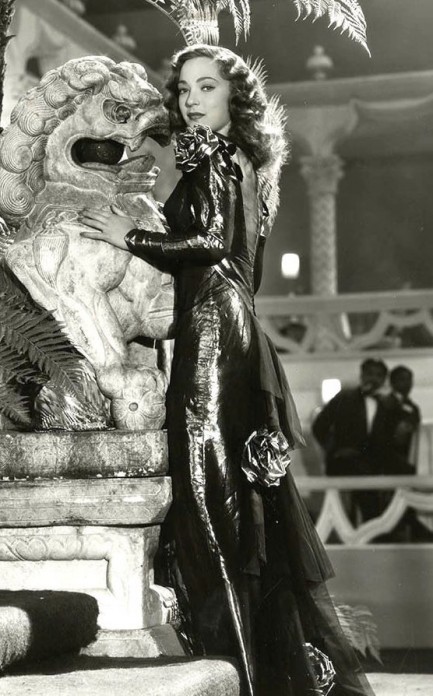
This elegant photo of June Duprez with a Chinese guardian lion was made when she was filming the drama Calcutta. According to tradition these lions ward off malign influences, and no wonder she's hanging onto it. She was born in England during World War I on a night when Germans were bombing her town. She survived and went on to make a mark in Hollywood, appearing in films like The Thief of Baghdad and Little Tokyo, U.S.A., but due to various factors her career stalled, and she found herself broke and cut off from family money back home due to the chaos of World War II. She made it through this second unstable period—no info on whether the lion helped—but her film career never recovered. Even so, we find her to be an impressive screen presence. We've heard that her best movie may be the 1945 mystery And Then There Were None, so we're going to check that out. This photo is from 1946.
 One thousand and one nights with Marlene. 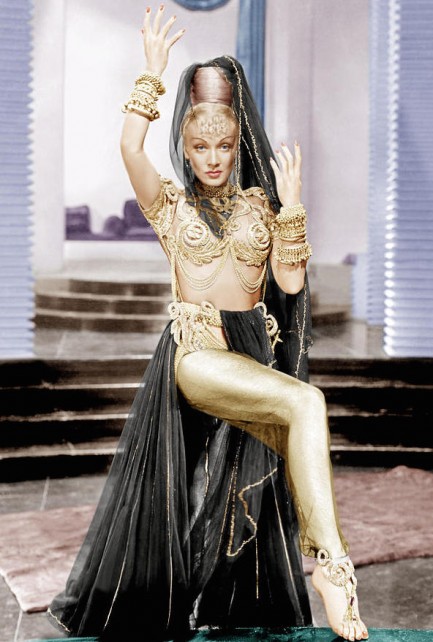
Above, a photo of German actress Marlene Dietrich, mystical and regal, playing Lady Jamila in the 1944 Arabian Nights style adventure Kismet, aka Oriental Dream. The film is about a beggar who schemes to marry off his daughter to a member of the Baghdad royal court while himself wooing the Queen of the Grand Vizier's harem. It was one of nearly sixty motion pictures in which Dietrich appeared between 1919 and 1979. If you want to check out the dance number depicted in the photo, look here.
 When Evelyn Keyes comes out of a lamp, is there really any need to wish for more? 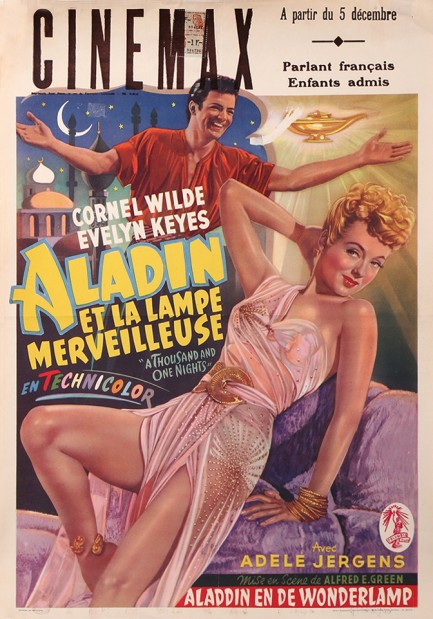
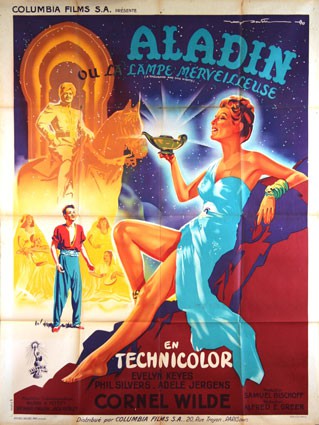 The unusually beautiful French language poster above was made for the Belgian run of Aladin et la lampe merveilleuse, which was originally produced in the U.S. as A Thousand and One Nights. Some of the other posters for this set-in-Baghdad musical adventure are excellent too, such as the one you see at right (presumably made for the French run), but the version at top is the best—and rarest. The unusually beautiful French language poster above was made for the Belgian run of Aladin et la lampe merveilleuse, which was originally produced in the U.S. as A Thousand and One Nights. Some of the other posters for this set-in-Baghdad musical adventure are excellent too, such as the one you see at right (presumably made for the French run), but the version at top is the best—and rarest.
The art also manages to convey the mood of the movie quite accurately—it’s ninety minutes of cheeseball musical numbers, Vaudevillian slapstick, and Cornel Wilde caught in the world’s silliest love triangle. All of this is slightly marred by the unfortunate sight of white actors hamming it up with brown shoe polish on their faces, but that's to be expected in a Middle-Eastern themed movie made during an era when actors of color were more-or-less barred from cinematic roles.
On balance, the movie is a real mood lifter, but the whole effort is just a little too stupidly sweet for us to truly call good, with a bit too much syrupy baritone crooning from Cornel Wilde (or more likely his voice double), and too much of the various love interests making cow-eyes at each other. But Evelyn Keyes as the troublemaking genie is a fun touch. She makes the movie worth it. Aladin et la lampe merveilleuse premiered in the U.S. in 1945, and played for the first time in France/Belgium today in 1949.
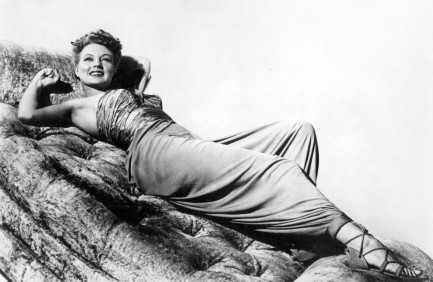 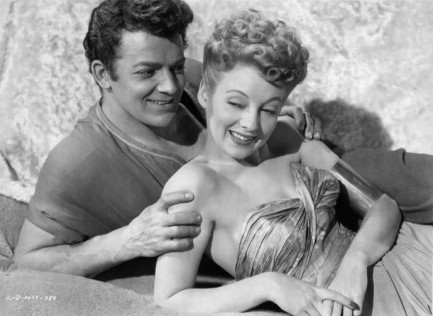 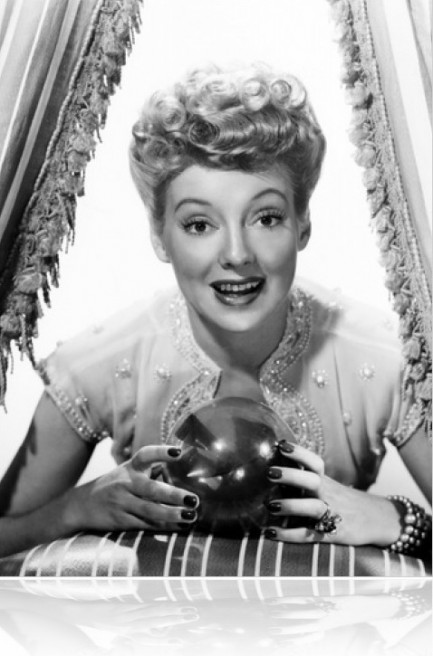
|
 |

The headlines that mattered yesteryear.
2003—Hope Dies
Film legend Bob Hope dies of pneumonia two months after celebrating his 100th birthday. 1945—Churchill Given the Sack
In spite of admiring Winston Churchill as a great wartime leader, Britons elect
Clement Attlee the nation's new prime minister in a sweeping victory for the Labour Party over the Conservatives. 1952—Evita Peron Dies
Eva Duarte de Peron, aka Evita, wife of the president of the Argentine Republic, dies from cancer at age 33. Evita had brought the working classes into a position of political power never witnessed before, but was hated by the nation's powerful military class. She is lain to rest in Milan, Italy in a secret grave under a nun's name, but is eventually returned to Argentina for reburial beside her husband in 1974. 1943—Mussolini Calls It Quits
Italian dictator Benito Mussolini steps down as head of the armed forces and the government. It soon becomes clear that Il Duce did not relinquish power voluntarily, but was forced to resign after former Fascist colleagues turned against him. He is later installed by Germany as leader of the Italian Social Republic in the north of the country, but is killed by partisans in 1945.
|

|
|

It's easy. We have an uploader that makes it a snap. Use it to submit your art, text, header, and subhead. Your post can be funny, serious, or anything in between, as long as it's vintage pulp. You'll get a byline and experience the fleeting pride of free authorship. We'll edit your post for typos, but the rest is up to you. Click here to give us your best shot.

|
|




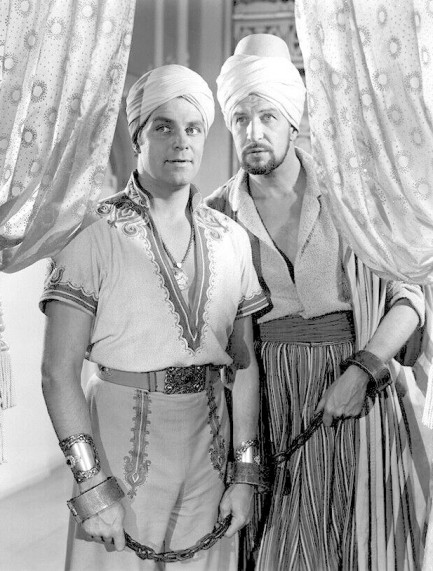
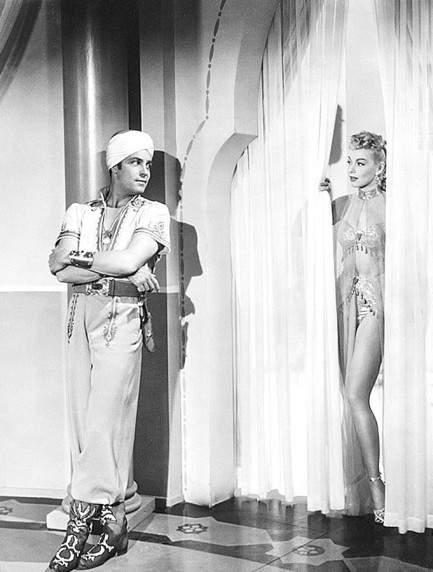
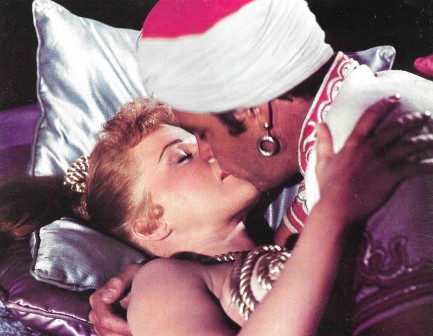
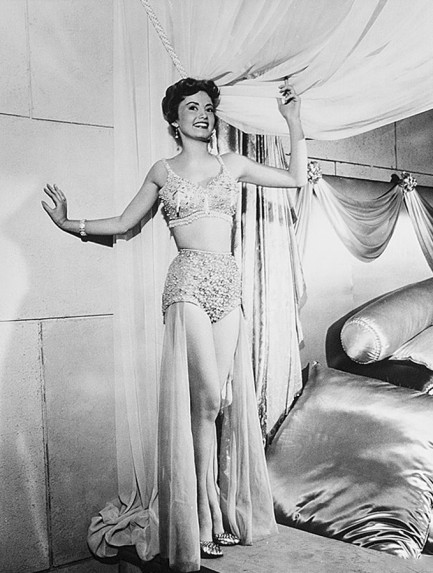
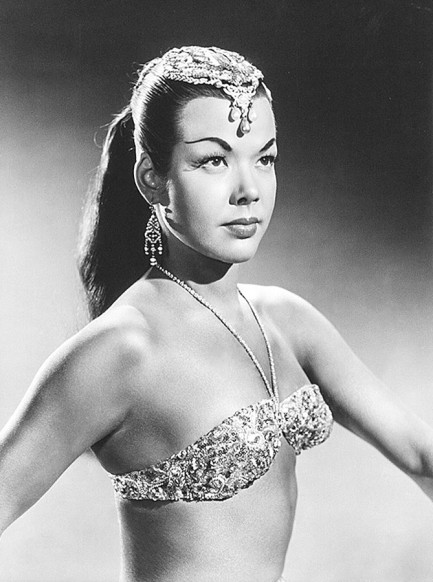
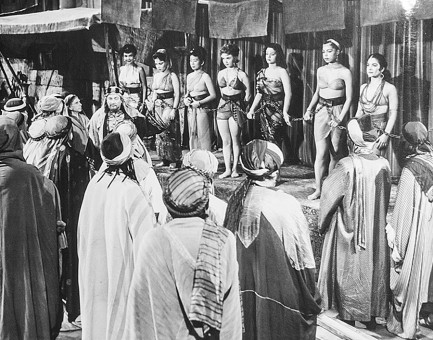
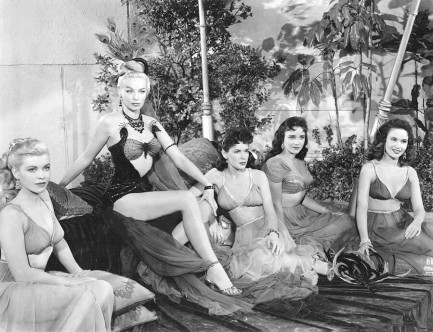
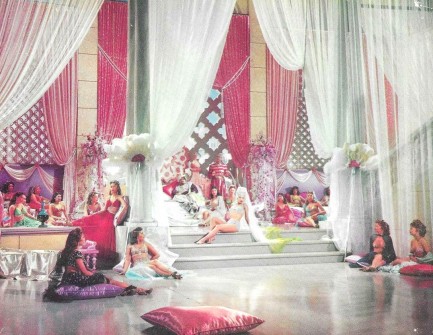
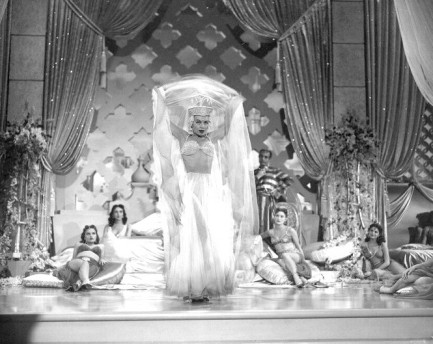
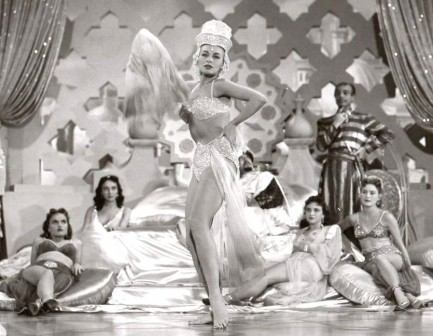
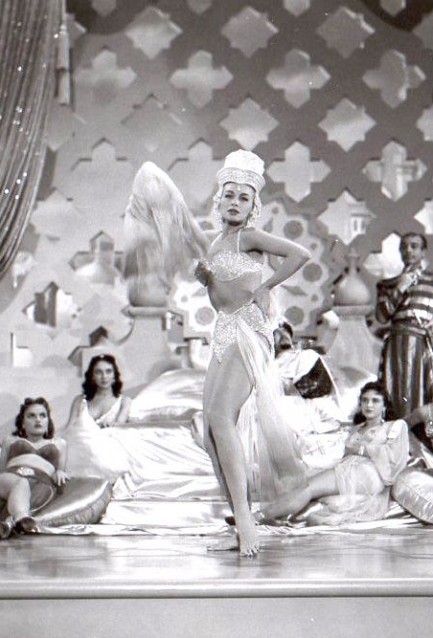
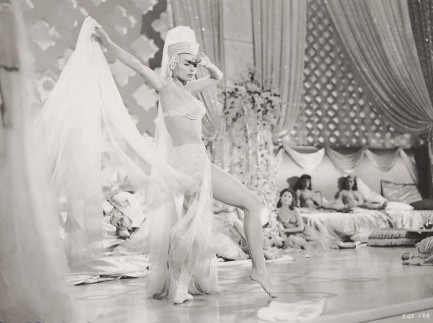
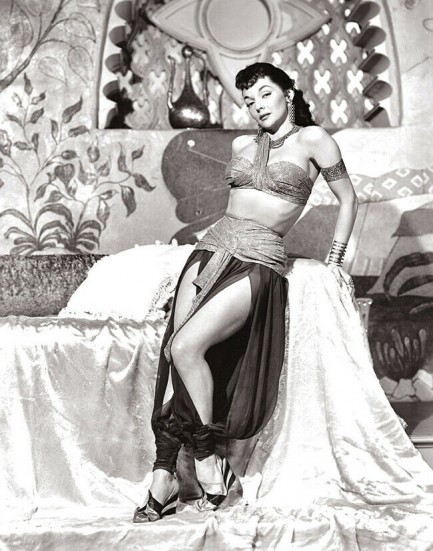
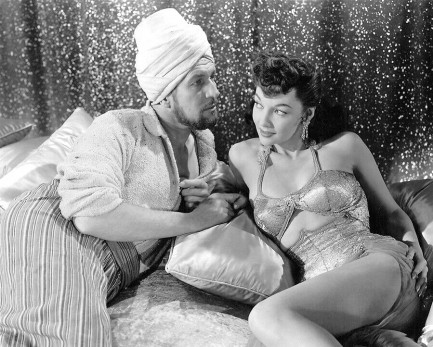
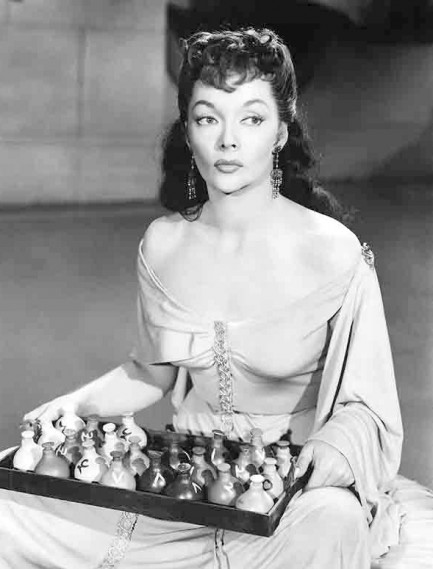
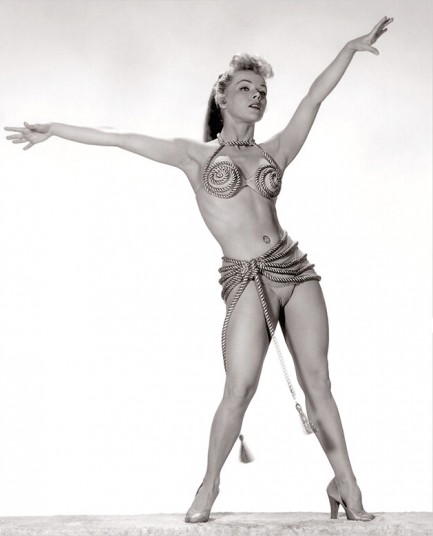
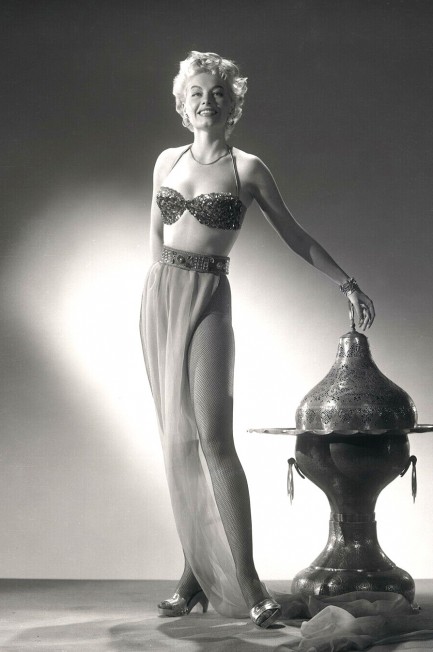
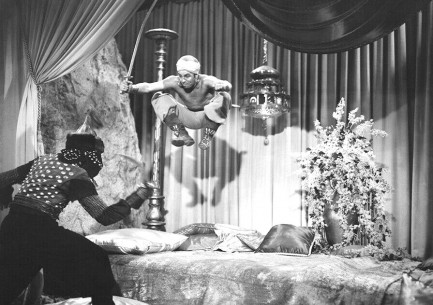
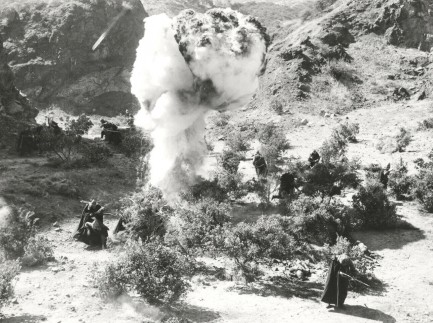
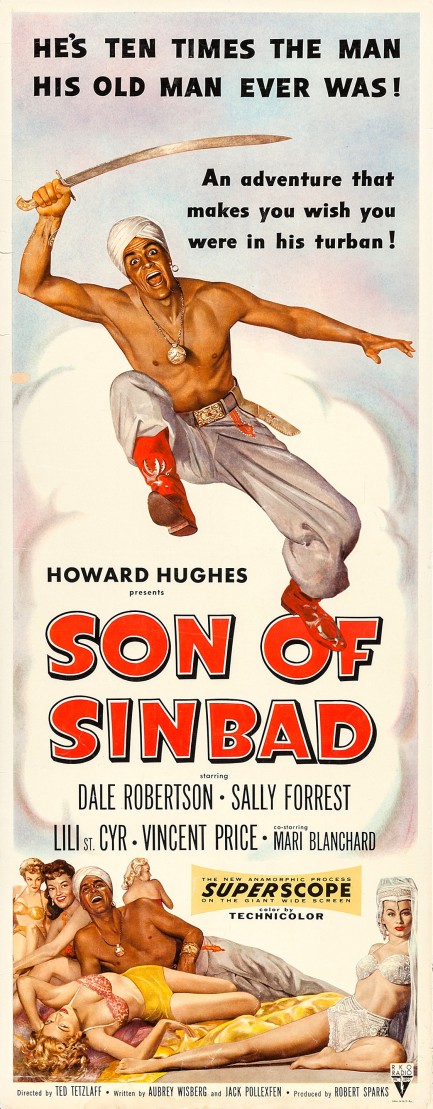






 The unusually beautiful French language poster above was made for the Belgian run of Aladin et la lampe merveilleuse, which was originally produced in the U.S. as A Thousand and One Nights. Some of the other posters for this set-in-Baghdad musical adventure are excellent too, such as the one you see at right (presumably made for the French run), but the version at top is the best—and rarest.
The unusually beautiful French language poster above was made for the Belgian run of Aladin et la lampe merveilleuse, which was originally produced in the U.S. as A Thousand and One Nights. Some of the other posters for this set-in-Baghdad musical adventure are excellent too, such as the one you see at right (presumably made for the French run), but the version at top is the best—and rarest.






































































